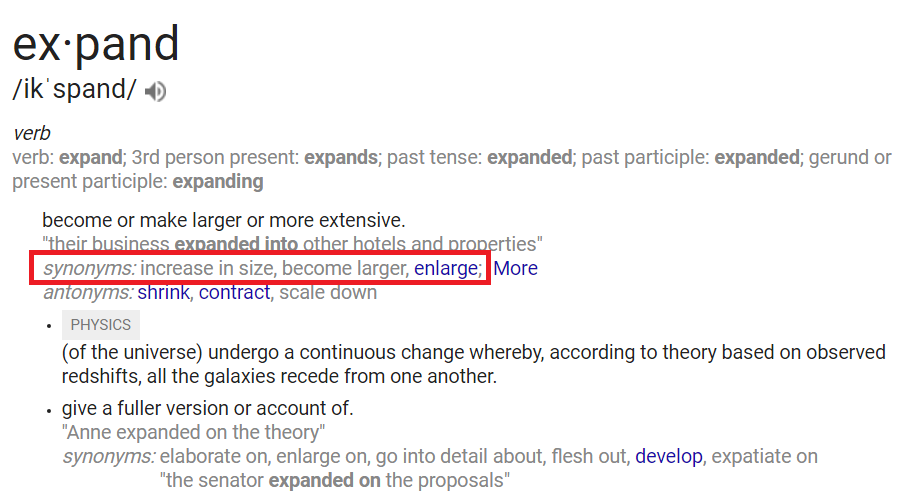Hi Team,
My customer is evaluating offset voltage of OPA227 under thermostat bath.
He said offset voltage is slightly different (~0.5uV) between before and after ambient temperature cycling. (20°C -> 90°C -> 20°C)
Is it possible case for OPA227?
I also suspect it may application issue (thermal mass, accuracy of thermostat bath, etc..) but would like to know any information if there is.
Best Regards,
Yaita / Japan disty
-
Ask a related question
What is a related question?A related question is a question created from another question. When the related question is created, it will be automatically linked to the original question.


